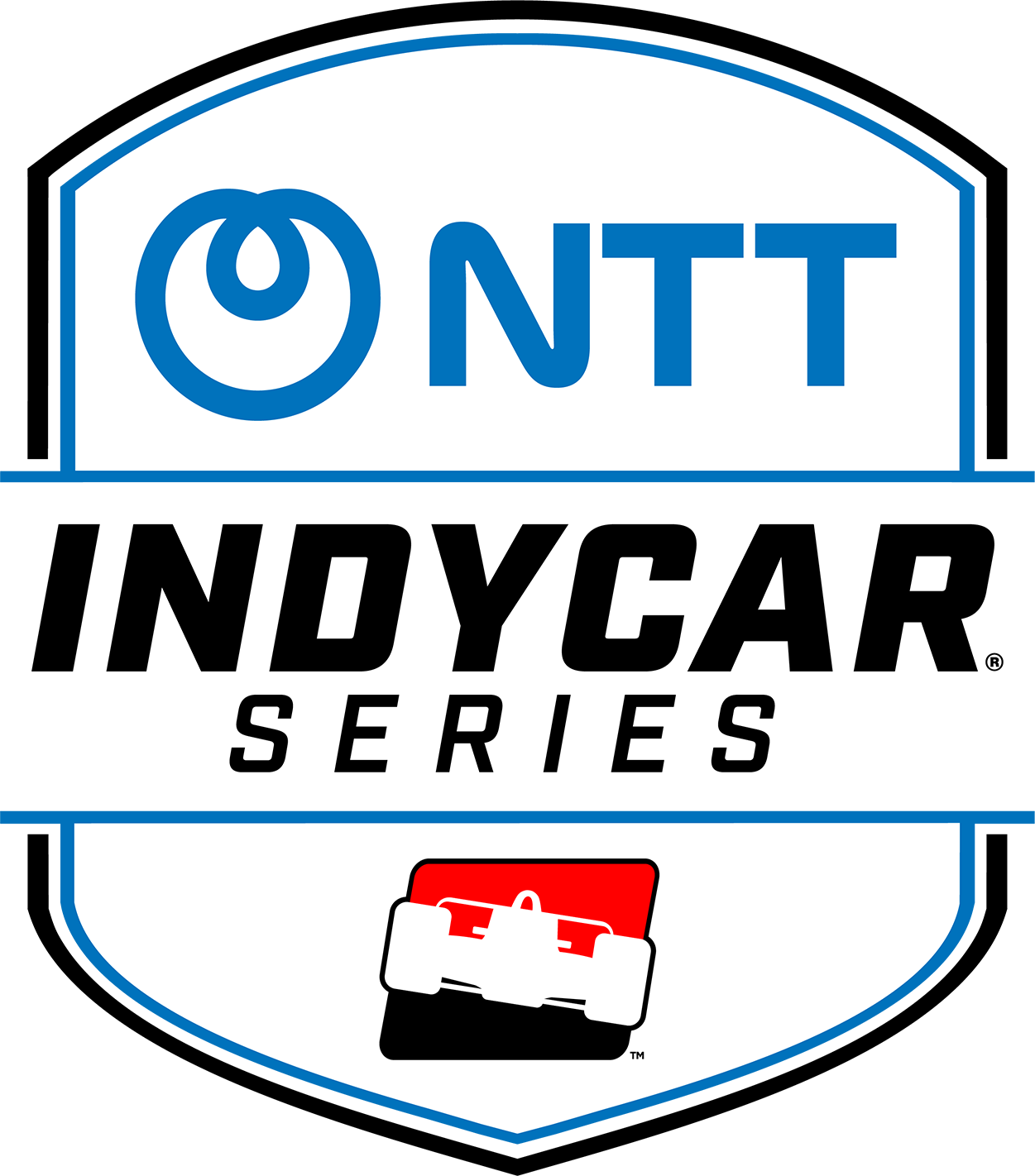Page Not Found

Oops!
The page you are looking for could not be found.
The link to this page may be outdated or we may have moved the page since you last bookmarked it.
Go to Homepage
Next Race
Upcoming Races




The page you are looking for could not be found.
The link to this page may be outdated or we may have moved the page since you last bookmarked it.
Go to Homepage